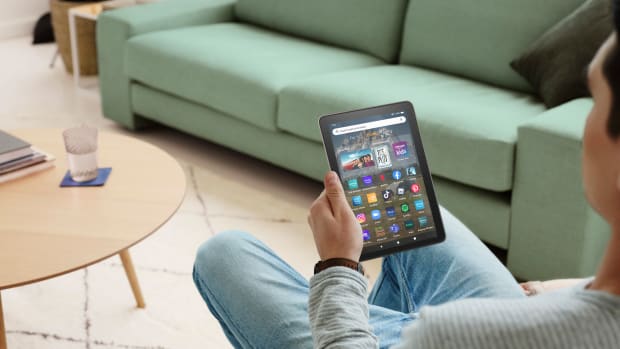Promotional swag has a deep history in world culture, although less so in American culture until recently.
The first written reference to swag comes from William Shakespeare, in “A Midsummer Night’s Dream, where the character Puck asks, “What hempen homespuns have we swaggering here?”
British thieves in the 1800s also commonly used the term “swag” to describe stolen goods.
It wasn’t until the 1970s that the term “swag” rolled onto the U.S. cultural scene. The term “merch bag” joined the American lexicon after computer professionals began using it to describe the free stuff they received from technology companies at industry conferences.
Talk of “swag bags” at Hollywood awards shows pushed the term deeper into popular culture, and the rapper Jay-Z immortalized the term “swag” in a song called “All I Need” in 2001.
Americans Embrace Free StuffNow, a new survey from Vista Print shows more than half of Americans love getting products from brands and 51% regularly use them in their day-to-day lives.
According to the survey, the quality and usefulness of the free merch matter most to U.S. adults, with sustainability also a big swag “feel factor” among consumers.
Here’s more from the study:
80% claim to have received a promotional product from a brand.53% say they love receiving promotional products.51% use promotional products in their day-to-day lives.83% have worn or used a promotional item from the companies they work for.34% consider sustainability to be an important factor – and 32% consider it important for a product to be locally made.Americans will also go to great lengths to latch on to some free swag.
According to the survey, People are more likely to write a positive review online (40%), recommend the brand to others (40%), and follow them on social media (39%) if they get merchandise.
Almost half (49%) prefer receiving merch from small businesses while 46% enjoy getting promo products that they can regularly use.
Scroll to Continue
T-shirts, pens, mugs, water bottles, headphones, tote bags, and sunglasses top the Vista Print survey as most favored swag. Sweatbands, bookmarks, koozies, and beanie hats land at the bottom of that list.
Why the Affinity for Free Swag?The appeal of free swag lies in that loaded term “free,” marketing experts told TheStreet.
“The merch a brand is making usually can’t be bought in a store,” said CircleIt’s head of growth, Joe Karasin. “So when a brand or company thinks to make the swag they are giving away look great, it can be a nice way for the person that has it to stand out and feel trendy.”
As for promoting the products and brands for a company via reviews and referrals in return for free swag, doing so excessively can be a red flag for a consumer.
“In some ways, it can be almost like an addiction,” Karasin told TheStreet. “It depends on what you’re being asked to do in return for the swag. But I can’t think of any examples of where it has been harmful to anyone.”
Self-worth also contributes to swag chasing, as for many people the urge to match up with a popular brand is too good to resist.
“Americans love to associate themselves with known brands,” said Pearly Drinks co-founder Filip Pejic. “Nike, (NKE) Gucci, and North Face (VFC) make their brands look cool, and people go out of their way to buy from these brands and show them off. If they can do it for free, they’ll jump at the opportunity”
Clothes can be expensive, so free shirts and hats can also help the household budget.
“A cheap free t-shirt or hat is great for when you’re running errands, need a t-shirt to sleep in at night, or for some other less-formal reason,” Pejic said. “You can’t really buy this kind of product in a normal store.”
Ultimately, overdoing merch hunting doesn’t seem to be a big problem, as the pastime is as much a hobby as it is anything else.
“It feels great to get something for free that you feel like you should have purchased,” Pejic said. “It’s harmless fun, and there’s nothing wrong with it.”
